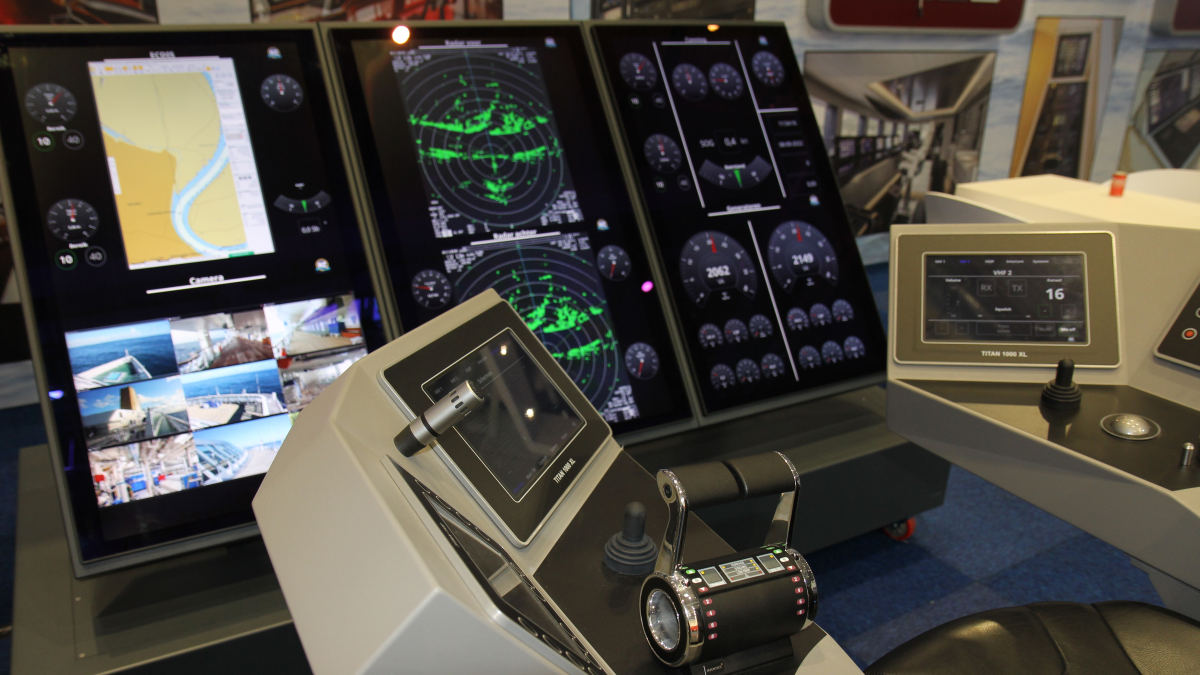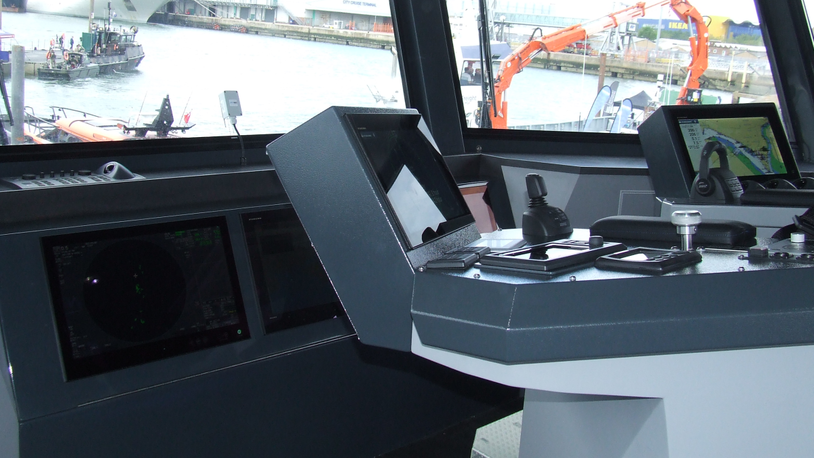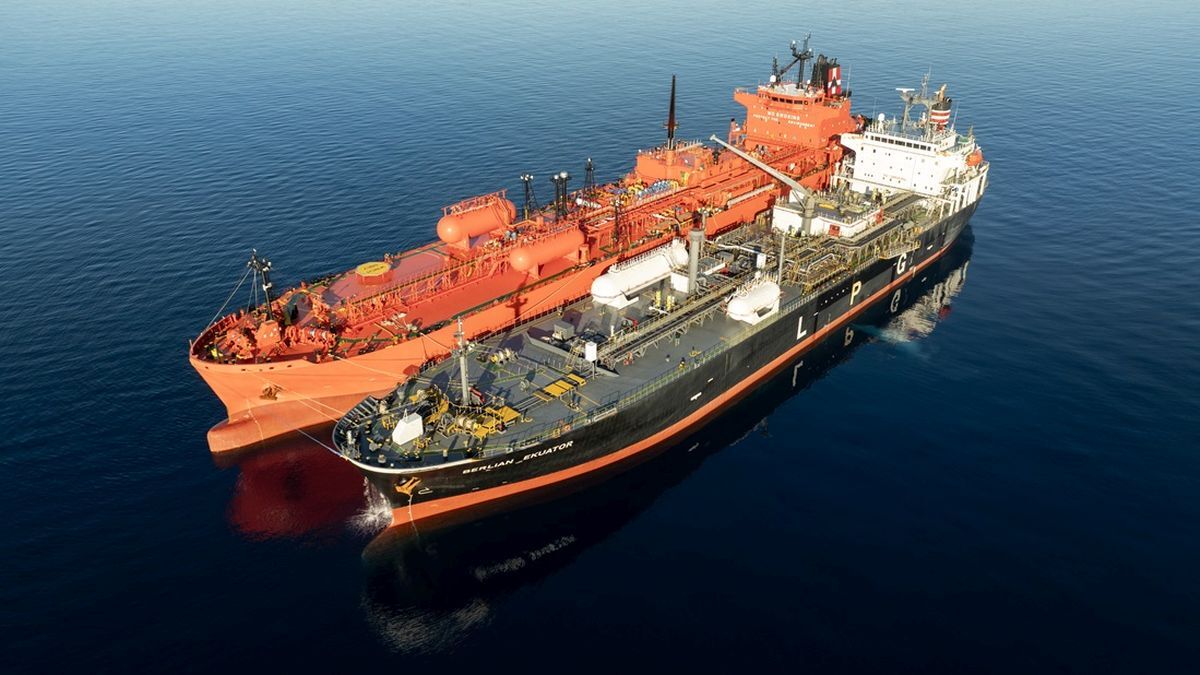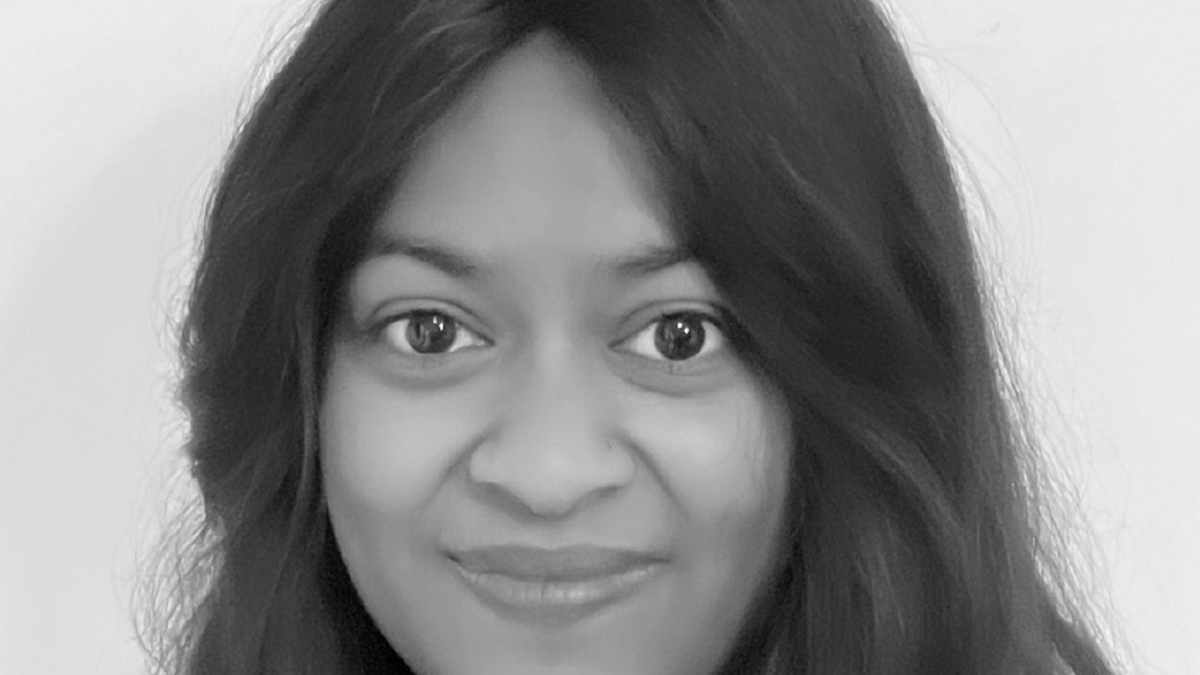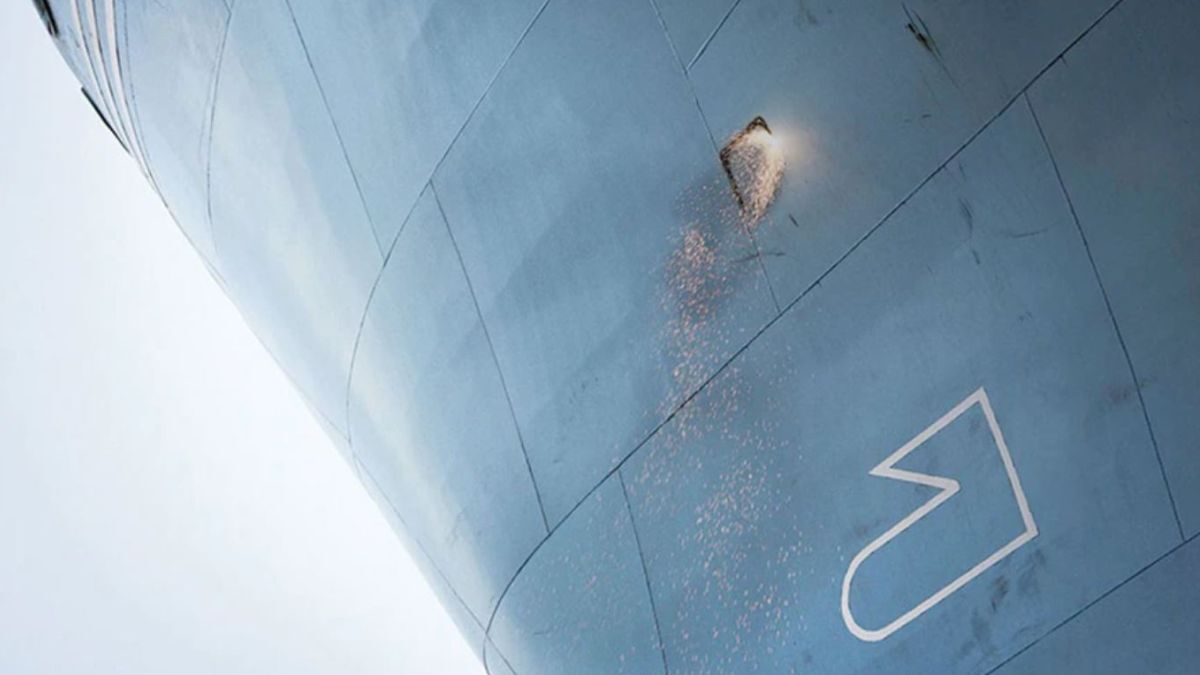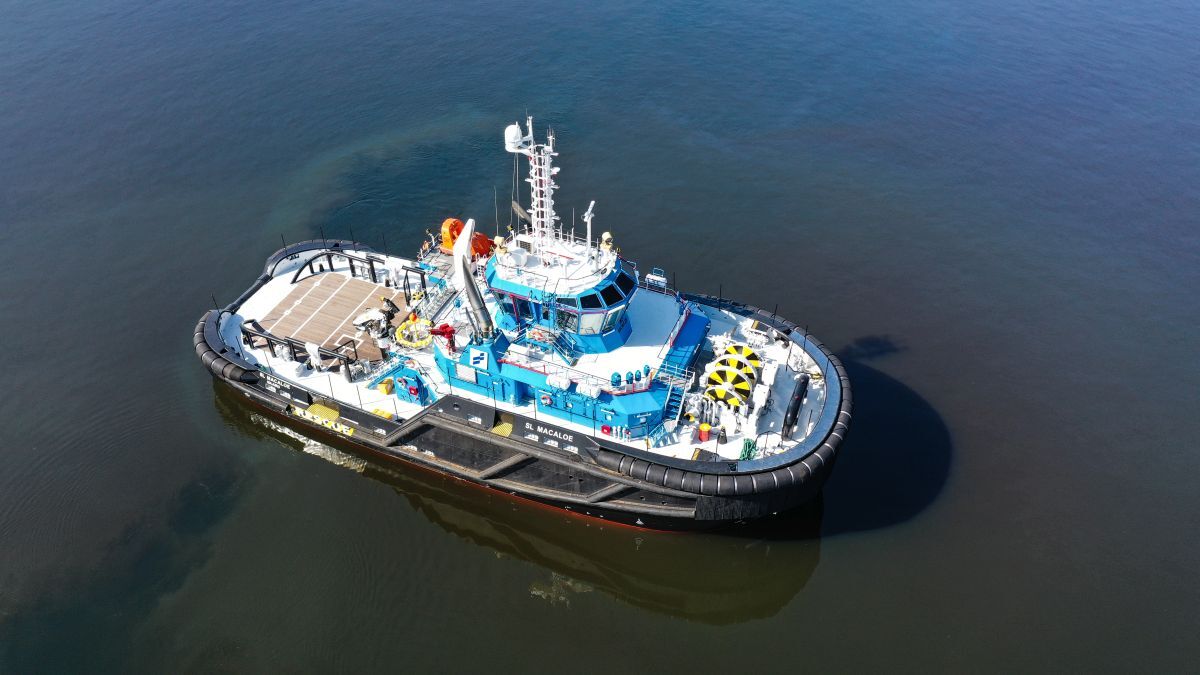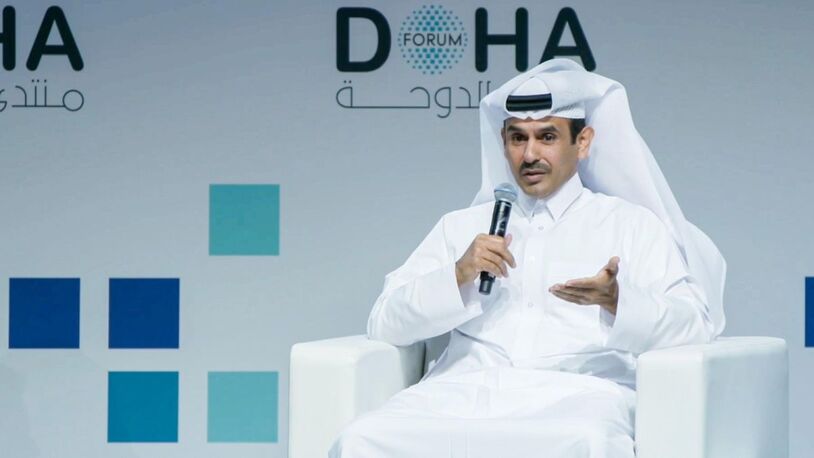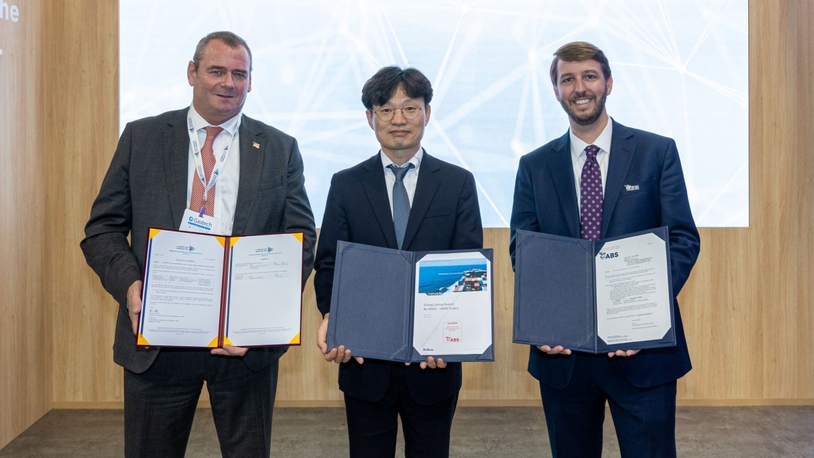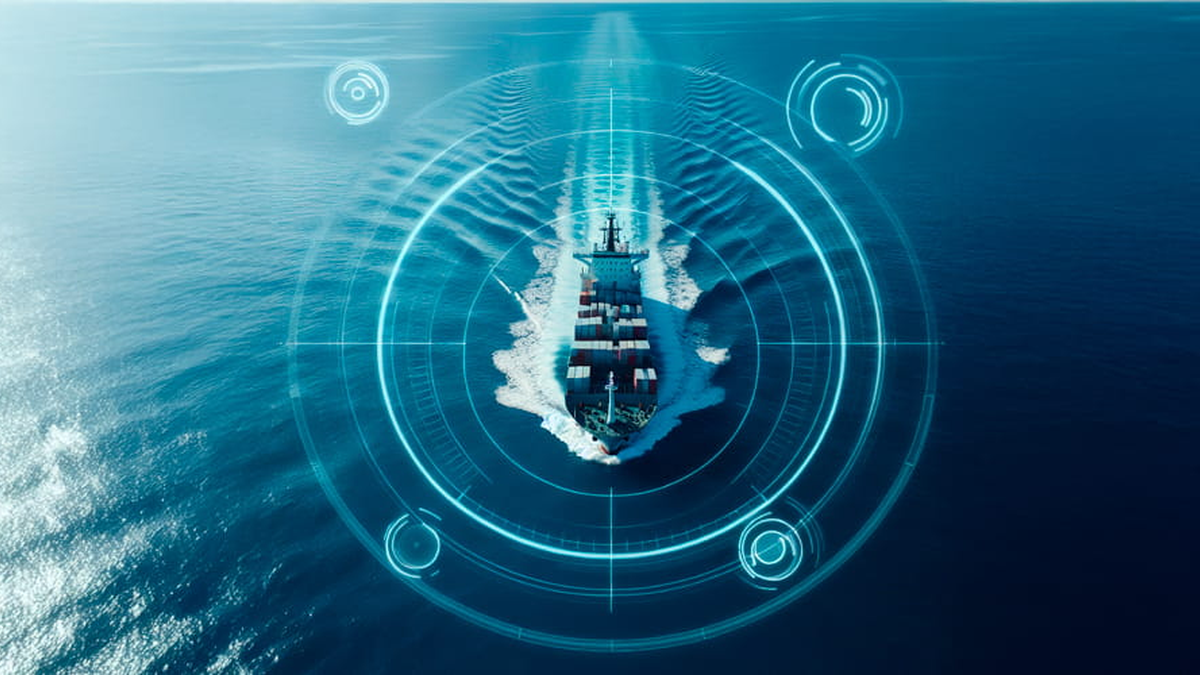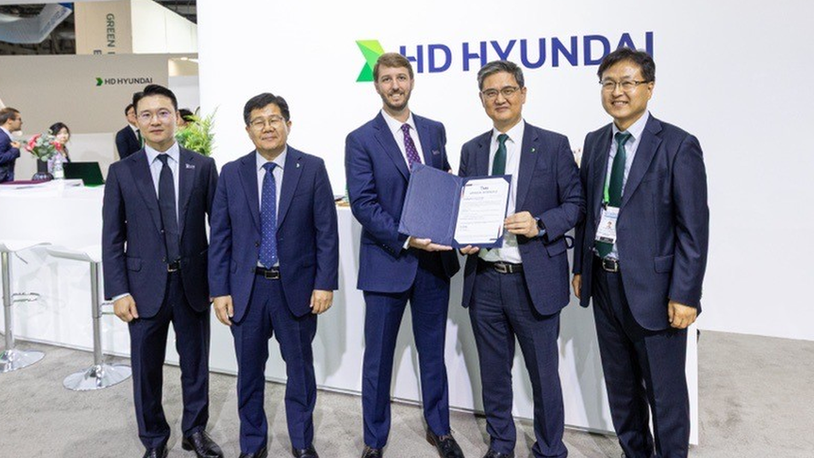Business Sectors
Events
Contents
Register to read more articles.
Improve situational awareness to prevent shipping accidents
Stolt Tankers navigation specialist, Virender Singh, explains the challenges and technology solutions needed to enhance navigational safety
Technology should improve navigational safety and the efficiency of ship operations if implemented correctly, to augment existing instruments for watchkeepers.
Stolt Tankers navigation specialist, Virender Singh, said advanced electronic navigation equipment can improve situational awareness for officers, during Riviera Maritime Media’s Navigating the path to smarter e-navigation webinar, held on 28 June 2023 during Riviera’s Ship Navigation Webinar Week.
He thinks augmented reality (AR) can provide additional information to navigators and enable remote support from shore. Artificial intelligence (AI) and machine learning (ML) can offer computer-assisted decision support for voyage planning and execution, for predictive maintenance and behavioural competency assessments.
Advances in digitalisation and internet-of-things (IoT) are enabling the use of electronic logging and onboard equipment monitoring, while digital twins offer simulation of ship systems on shore.
Cloud-based and physical simulators and virtual reality (VR) are enhancing training and familiarisation for seafarers, improving their knowledge before they climb aboard, said Mr Singh. He thinks there are multiple issues shipowners need to address to ensure the technology used solves onboard problems.
“It is challenging for shipowners to implement these new technologies,” he said. One of these [challenges] is knowing where and how to use these technologies by understanding which problems they solve, such as reducing the risk of accidents by providing watchkeepers with useful information concerning navigational hazards.
“The next challenge comes in the form of the technical specifications and the performance standards,” said Mr Singh. In SOLAS there are standards to follow, such as ECDIS performance standards, but with new technology there are no standards available. “So, we had to develop our own technical specifications. We found this a big challenge, and we needed to work with the technology developer on the technical specifications.”
The following challenge is getting system and equipment acceptance from class and flag states. For equipment covered by SOLAS, there would already be type approval stamps.
“For the new technology and equipment, we have to go through a trial process to ensure the equipment is ready for use and acceptable,” said Mr Singh. “If there are several options available, we have to create our own selection criteria.”
“If we can get all relevant information on one screen, this would reduce the workload of the officer”
He thinks the final set of challenges come during technology implementation, which requires planning, change management, training and monitoring. AR and VR can aid owners in this phase as the basis of training and remote support, enabling familiarisation of ship-specific systems and devices or learning new processes, such as LNG bunkering.
AR can also help operators improve situational awareness on ship bridges and thus safety on board. Mr Singh sees potential for amalgamating information from multiple screens on the integrated bridge console onto one monitor.
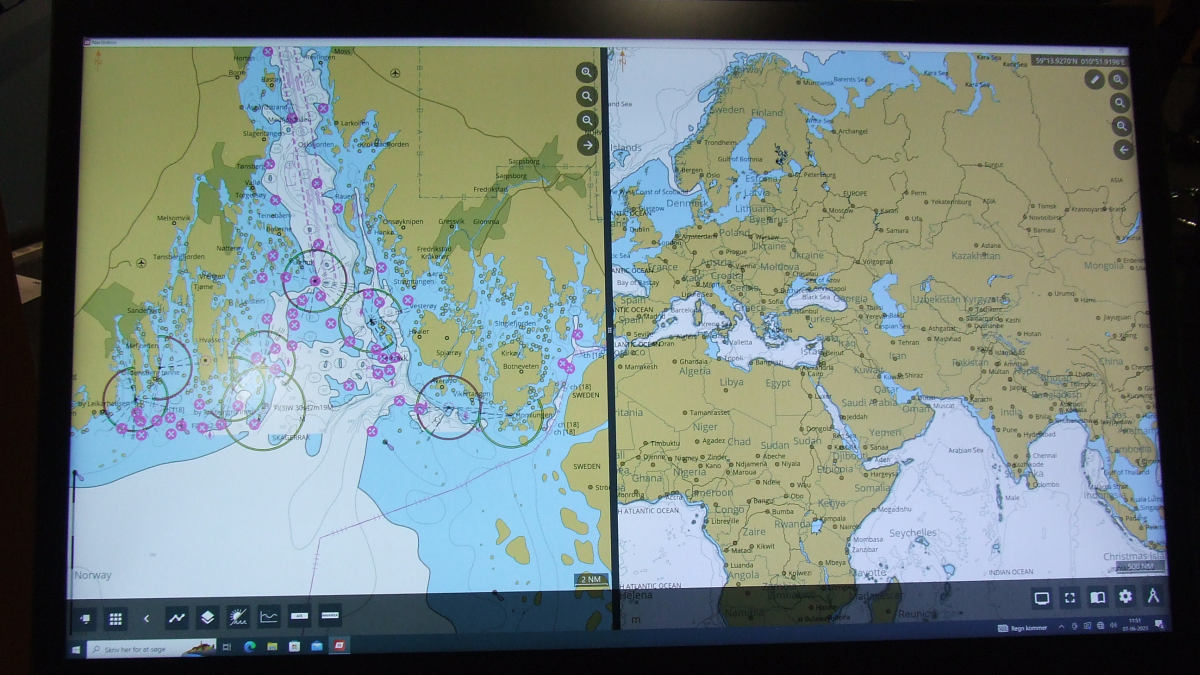
“Officers on board use ECDIS to look at hydrographic information; they look outside the window for potential hazards, making a mental picture of around the ship; they would be looking at three to four screens to build up a picture in their mind of what is happening around the ship,” Mr Singh explained.
“If we can get all relevant information on one screen this would reduce the workload of the officer and improve situational awareness, as when they switch between screens they may miss important safety information.” The AR involves would help watchkeepers make better navigational decisions, provide the right alerts for voyage completion and help officers in reduced visibility to make better decisions.
Mr Singh thinks smart bridge technology will support navigators, not replace them with computers in semi-autonomous ships. “There is no replacement for human eyes, which are the best equipment when they are being effectively used,” he said. “We need to support the officer with technology to look outside when it is difficult to do so.”
Technology also needs to prevent lapses of concentration and minimise distraction from mobile personal devices. “Seafarers are spending more screen time on mobile phones. It is very difficult to keep them away,” said Mr Singh. “We know the limitations of our humans. We need to support crew not to make mistakes and not allow slips in concentration to happen. The best solution is smart alerts, so crew get the information before mistakes are made.”
Inoperability of e-navigation
There are still multiple issues with the integration of multiple devices and technologies on ship bridges and variations in standards used. “Industry has to work together to get different systems working together and understand how we can use them on board,” continued Mr Singh. “Various associations are working together, providing user cases and guidelines to seafarers.”
He is involved in an Intertanko working group to provide guidelines to seafarers on how to implement ECDIS and use the technologies on board. This is assisting IMO in evolving ECDIS performance standards and improving electronic navigational charts in delivering key information to navigators.
These actions are helping the industry to fill in gaps in knowledge and IMO requirements from e-navigation. “The gap I see is between the technology being developed and the regulatory side; there are different ways of working,” said Mr Singh. “We are working to fill these gaps.”
There are also still gaps in seafarer competencies in navigation and optimal equipment use, which need to be addressed. “We are considering what we can do to improve situational awareness. We need to work with people to improve their navigational skills and at the same time, work with the technology to provide crew with the support when they need it,” Mr Singh commented.
One way to reduce the workload on seafarers is to remove manual administrative processes, such as chart and ECDIS updates and provide voyage information to other ships and authorities. “If we can make data exchange automatic it would reduce the workload of seafarers on board,” he added. “Automatic data exchange and making more maritime safety information available are key areas where we want to see improvements from IMO.”
As more digitalisation and e-navigation technologies are introduced, shipowners will need easier methods of accessing, validating and implementing them.
“New technology is like being in unknown waters,” said Mr Singh. “The best way to go forward is to collaborate, support and share experiences, so we can all work together to improve situational awareness, officer competencies and safety on board.”
New onboard digitalisation technologies
Technologies being developed or already being implemented on board ships include:
Augmented realities
Artificial intelligence
Machine learning
Electronic logbooks
Internet-of-things
3D printing
Cloud-based simulation
Virtual reality
Drones
Digital twins
(Source: Stolt Tankers)
Related to this Story
Events
Offshore Support Journal Conference, Americas 2025
LNG Shipping & Terminals Conference 2025
Vessel Optimisation Webinar Week
© 2024 Riviera Maritime Media Ltd.


